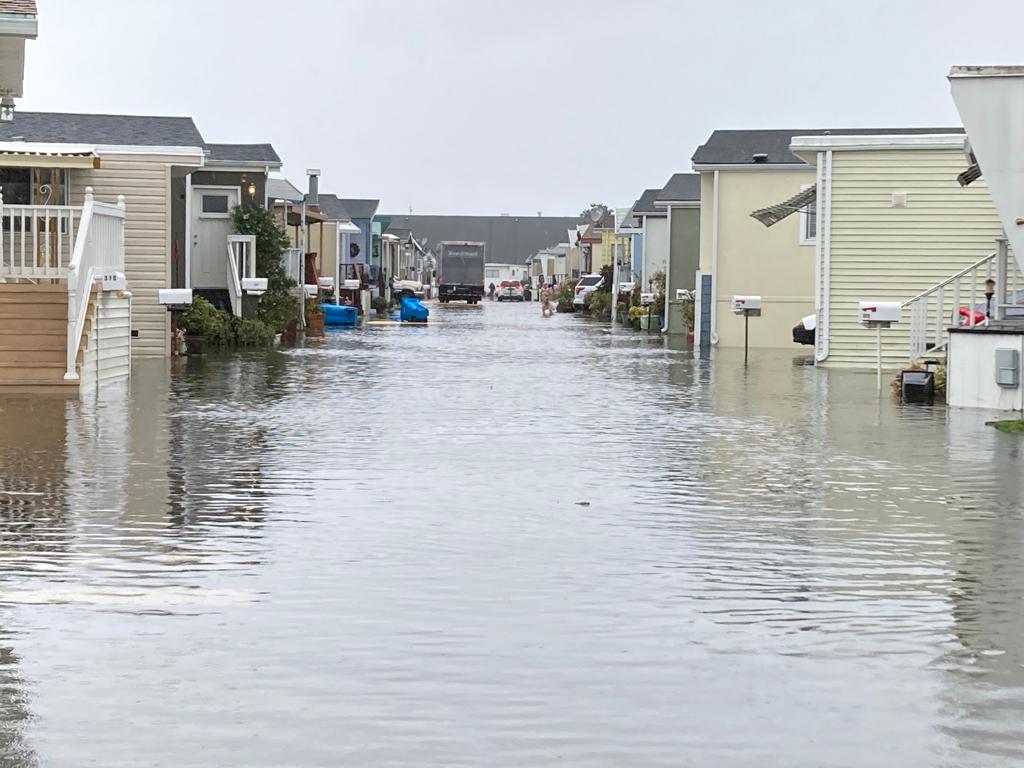
On Sunday afternoon and during his stay in Mexico City to attend the 10th North American Lions Summit, President Joseph R. Biden declared an emergency for California and ordered the provision of federal assistance to supplement state, tribal, and local response efforts due to the emergency conditions resulting from the successive and severe winter storms, flooding, and landslides that began on January 8 and continue.
The Act authorizes the Department of Homeland Security, Federal Emergency Management Agency (FEMA), to coordinate all disaster relief efforts aimed at alleviating the hardship and suffering caused by the emergency to the local population, and to provide appropriate assistance for necessary emergency measures.
The above, in order to save lives and protect property and the health and safety of
